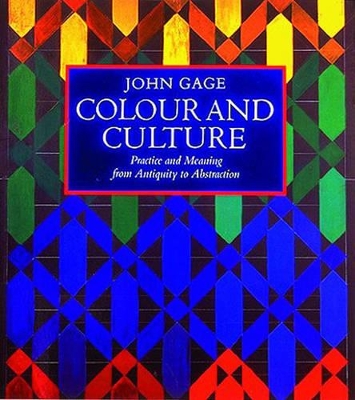Colour is fundamental to life and art: yet so diverse is it that it has hardly ever been studied in a comprehensive way. Is it above all a radiant visual stimulus, an intangible function of light, or a material substance to be moulded and arrayed? What does the language of colour tell us? Where does one colour begin and another end?
John Gage considers every conceivable aspect of the subject in a groundbreaking analysis of colour in Western culture from the ancient Greeks until the late twentieth century. He describes the first theories of colour, articulated by philosophers from Democritus to Aristotle, and subsequent attempts by the Romans and their Renaissance disciples to organize it systematically or endow it with symbolic power. He unfolds its religious significance and its use in heraldry. He explores the experimental analysis of the spectrum undertaken by Newton and continued in the nineteenth century by artists such as Seurat, traces the influence of Goethe's colour theory, and considers the extraordinary theories and practices that attemped to unite colour and music, or make colour into an entirely abstract language of its own.
The twentieth century is often called the period when colour has finally come into its own. This is the first-ever attempt to examine seriously what this claim means, and to suggest answers to many perennial questions about the role of colour in Western art and thought. It will be of consuming interest to artists, historians of art and culture, psychologists, linguists, and anyone fascinated by this most inescapable and evocative element of our perceptions.
- ISBN13 9780500278185
- Publish Date 30 October 1995 (first published 4 October 1993)
- Publish Status Out of Print
- Out of Print 27 February 2024
- Publish Country GB
- Imprint Thames & Hudson Ltd
- Format Paperback
- Pages 336
- Language English
